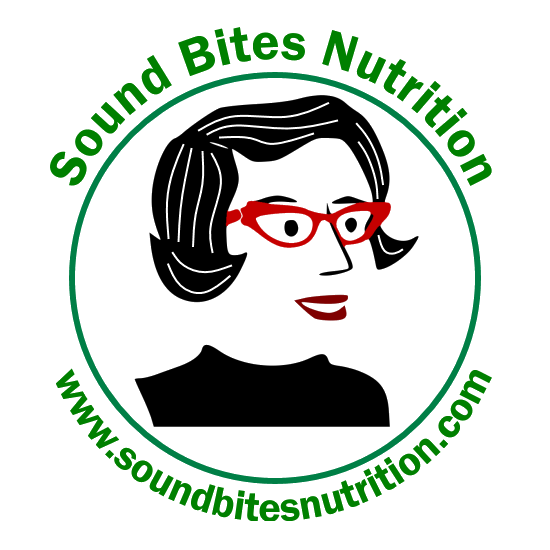Foods High in Palmitic Acid
 Do you end up overeating when you go out for pizza, pasta or a steak dinner? Are you still hungry after eating two or even three servings of lasagna? Do you experience out-of-control eating? Stop blaming it on your lack of willpower. In fact, it may not be your fault at all! And the good news, you may be able to do something to avoid these 'pig out' sessions.New research done at the University of Texas Southwestern Medical Center in Dallas, suggests that foods with high levels of palmitic acid, a kind of saturated fat found in butter, cheese, and meat, may short-circuit the hormones responsible for sending 'full' signals to your brain. Without these hormones there is an increase in appetite that results in overeating. The research also suggests that eating this particular saturated fat on a regular basis can cause your brain to pay less attention to fullness cues and may lead to chronic overeating.Don't despair, there may be a simple fix - avoid foods high in palmitic acid and replace them with low fat or fat free foods or heart-healthy fats.Bite this:
Do you end up overeating when you go out for pizza, pasta or a steak dinner? Are you still hungry after eating two or even three servings of lasagna? Do you experience out-of-control eating? Stop blaming it on your lack of willpower. In fact, it may not be your fault at all! And the good news, you may be able to do something to avoid these 'pig out' sessions.New research done at the University of Texas Southwestern Medical Center in Dallas, suggests that foods with high levels of palmitic acid, a kind of saturated fat found in butter, cheese, and meat, may short-circuit the hormones responsible for sending 'full' signals to your brain. Without these hormones there is an increase in appetite that results in overeating. The research also suggests that eating this particular saturated fat on a regular basis can cause your brain to pay less attention to fullness cues and may lead to chronic overeating.Don't despair, there may be a simple fix - avoid foods high in palmitic acid and replace them with low fat or fat free foods or heart-healthy fats.Bite this:
- Low fat or fat free cheese
- Beans (black, garbanzo, kidney, navy, soybeans, etc) - great source of protein and fiber without high levels of palmitic acid
- Nuts (almonds, cashews, peanuts, walnuts, etc) - high in protein and fiber and an excellent source of heart healthy mono-unsaturated fat
- Olive oil - high in mono-unsaturated fat
- Omega-3 fatty acids (found in salmon, tuna, mackerel, walnuts, flaxseed, canola oil)
Not that:
- Full fat cheese (cheddar, Swiss, Colby, Provolone, bleu cheese, etc)
- Red meat, particularly high fat choices such as rib eye, ground beef, NY strip, prime rib
- Butter or desserts made with butter
- Corn oil
- Palm oil (frequently added to processed foods that previously contained trans fat)
.
